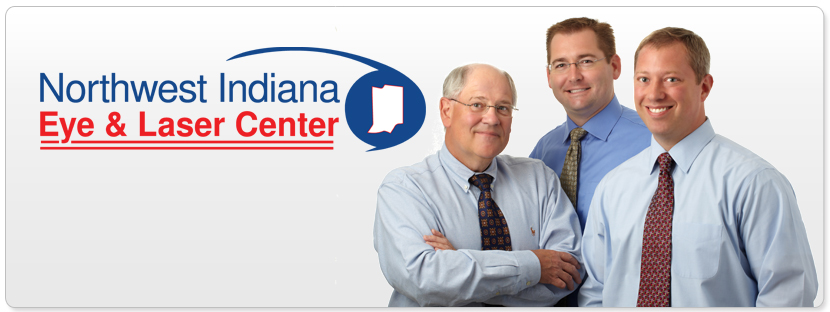Inexpensive and extremely powerful
lasers that are incorporated in toys are now available for purchase on the
Internet. Laser pointers used for presentations or as toys typically have
outputs of 5 milliwatts (mW) or less, usually in the red wavelength. These
lasers are generally harmless to the human eye in short exposures. Ophthalmic
lasers for treating diabetic retinopathy typically have a power output of 50 to
100 mW and come in a variety of wavelengths, depending on the clinical
application. If misused, the lasers are capable of causing severe eye damage.
Such lasers are regulated by the Food and Drug Administration (FDA) and are not
available for public use. However,
foreign companies sell lasers over the Internet that have outputs of up to 200
mW or more in dangerous green wavelengths.
These lasers can cause eye injuries
plus confusion for eye doctors. Children who suffer eye damage from lasers may
be misdiagnosed with genetic eye disorders and undergo expensive and
unnecessary testing. It’s never advisable for children to play with lasers, but
it’s especially worrisome that these devices are becoming more dangerous. The
increased accessibility and stronger power of these devices most likely
explains the sizable number of cases of eye damage in children being reported
over the past two years.
If you or someone you know needs information
or help with a laser toy eye injury in children
please call Northwest Indiana Eye & Laser
Center at 219-464-8223, or visit Northwest
Indiana Eye & Laser Center, Google+ or facebook.com/nwindianaeyeandlaser.
Northwest Indiana Eye & Laser Center
offices are located at 502 Marquette Street, Valparaiso, Indiana 46383 and 1001
South Edgewood Drive, Knox, Indiana 46354.

